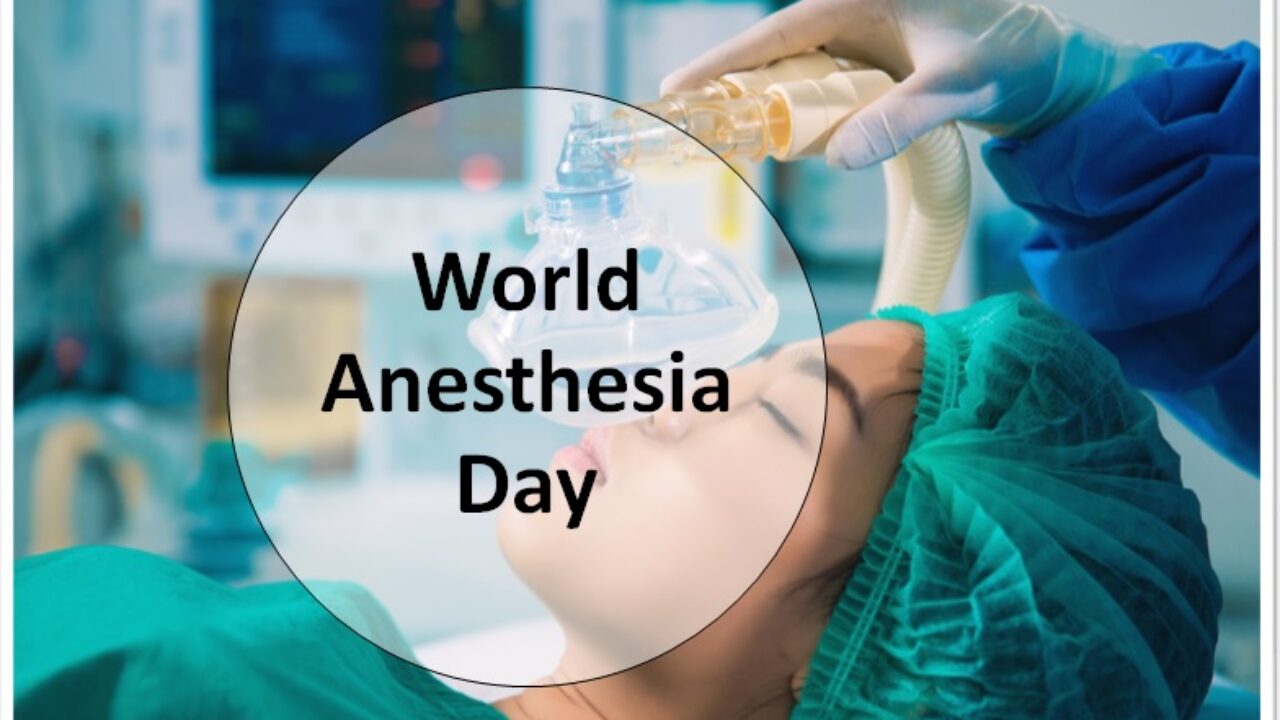World Anaesthesia Day, celebrated each year on October 16, holds profound significance as it acknowledges the critical role of anaesthesia in contemporary medical treatments. It serves both as a commemoration of the inception of anaesthesia and as a conduit for illuminating the paramount importance of this medical field in healthcare. In this piece, we will delve into the historical background, the significance, and the 2023 theme of World Anaesthesia Day.
World Anaesthesia Day is a poignant tribute to the advent of anaesthesia, a groundbreaking milestone in the annals of medicine. This commemorative day goes beyond acknowledging the historical achievement; it also underscores the ongoing imperative of ensuring the widespread practice of safe anaesthesia.
The chosen theme for World Anaesthesia Day in 2023 is ‘Anaesthesia and Cancer Care.’ This theme places a spotlight on the indispensable role of anaesthesia in the realm of cancer treatment. Anaesthesiologists assume a pivotal role in guaranteeing the well-being and comfort of cancer patients during surgical procedures and other medical interventions. Furthermore, it accentuates the concerted efforts to fortify anaesthesia services, ultimately amplifying the quality of cancer treatment.
World Anaesthesia Day is a tribute to the dawn of anaesthesia as a medical practice. This watershed moment unfolded on October 16, 1846, when William Thomas Green Morton orchestrated the first successful demonstration of ether anaesthesia at Massachusetts General Hospital in Boston, Massachusetts, USA. This pioneering development forever transformed the landscape of surgical procedures by granting patients the ability to undergo surgeries without enduring pain.
Presently, World Anaesthesia Day stands as a pivotal advocacy tool to address the global deficit in safe anaesthesia practices. Nearly 5 billion individuals worldwide lack access to safe anaesthesia services, and this day serves as a clarion call for the recognition of anaesthesia’s paramount role in patient well-being, aiming to educate the general populace, medical practitioners, and society at large regarding its profound significance.
Anaesthesia, as a medical practice, involves the administration of medications to patients prior to surgical procedures or other distressing medical interventions. Its principal objective is to ensure the patient’s comfort by inducing unconsciousness and mitigating the sensation of pain during the procedure.
This practice can encompass various approaches:
- Local Anaesthesia: It numbs a specific area of the body, commonly employed for minor procedures.
- Regional Anaesthesia: It blocks sensation in a broader region, such as an entire limb, while the patient remains conscious.
- General Anaesthesia: This results in complete unconsciousness, rendering the patient unaware and unresponsive during the procedure.
Following anaesthesia, patients may encounter temporary side effects like dry mouth, a sore throat, drowsiness, muscle aches, confusion, and shivering.
